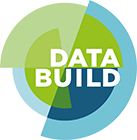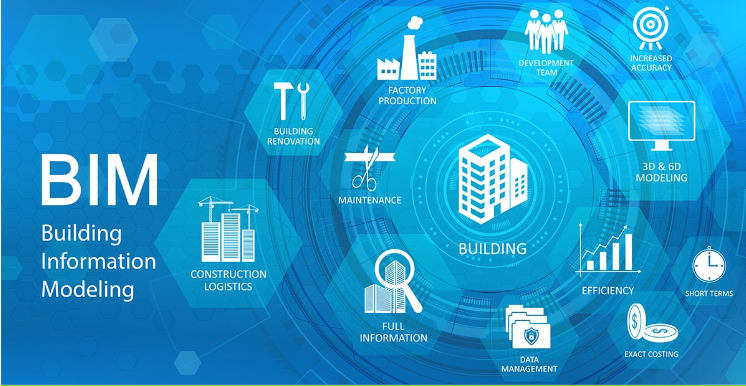Building a better future for SA construction with BIM
Building Information Modelling (BIM) is one of those advanced technologies that can play a vital role in helping transform the construction sector in South Africa. More than just being a three-dimensional depiction of a building, BIM is a dynamic platform that enhances communication between professionals and contractors, streamlines construction processes, and assists all project participants in delivering a superior product.
According to Databuild CEO Morag Evans, “it allows for the generation of precise quantities of materials required for a building, demonstrating how these will fare over time. This sophisticated tool can also identify potential design conflicts before construction commences, thus reducing change orders and rework. Furthermore, it can simulate construction schedules, enabling accurate planning for each phase of the building process. With real-time updates communicated to all project participants, everyone works from the most up-to-date information, fostering a collaborative and efficient working environment.”
The transformative potential of BIM locally is significant. The country is known for its vibrant and diverse architectural landscape. BIM can help the construction sector maintain this diversity while improving its efficiency, quality, and sustainability. It can also bring about significant cost savings and reduce construction timelines, which are paramount for the growth and competitiveness of the industry.
Looking at digital twins
“An exciting evolution of BIM is the concept of digital twins. Think of a digital twin as a virtual replica of a physical building. This replica can be used for a variety of purposes that include performance monitoring, problem detection, and future planning,” says Evans.
Evans says that when a digital twin is integrated with BIM, a more interactive and immersive experience is possible. “This will enable architects, engineers, and contractors to explore and understand a building’s design more thoroughly before its construction. This interactive exploration is a massive leap forward, potentially saving vast amounts of time and resources and reducing the risk of costly errors,” adds Evans.
The Covid-19 pandemic has highlighted the need for real-time communication and information sharing in the construction industry, not only between the office and the job site but also among the various stakeholders. The combination of BIM and digital twins can therefore greatly enhance this communication, leading to more informed decision-making and better project outcomes.
Embracing tech innovation
“At Databuild, we are committed to harnessing the power of these technologies to drive forward the local construction industry. The future of our industry lies in digital technology. Embracing tools like BIM and digital twins is not just beneficial, it has become a necessity. Those who act quickly and decisively to embrace digitalisation will undoubtedly emerge as industry leaders.”
The potential benefits of BIM and digital twins for our industry are vast. In combination, these technologies provide stakeholders in the sector with the opportunity to improve efficiency, reduce costs, and enhance the quality of work. With so much potential for its use in South Africa, one cannot but be excited about the opportunities BIM and digital twins can provide to bring about positive changes.


